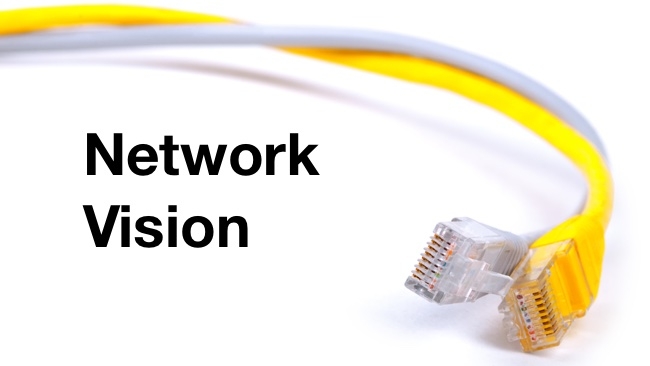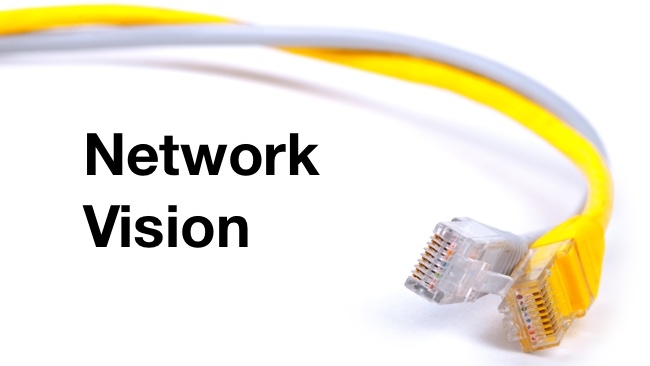
 Ethernet cord graphic by www.shutterstock.com
Ethernet cord graphic by www.shutterstock.com
We explore what makes video streaming and distribution over an IP network such a powerful production and post option.
Just when you thought the world couldn't get any more complicated, the subject of production video over IP comes along. And it brings with it lots of myths and misunderstandings. You can discount all of these completely because the good news is that it does work and, with the right planning, it works very well indeed, breaking down all sorts of technology barriers and opening up levels of performance that simply weren't possible before.
And yet we're wary of networks, mostly with good reason. For a start, they're hard to understand. I mean, sending any sort of signal down a wire, whether it's analogue or digital, is easy enough, but networks are different. With a network, you can send multiple signals down the same wire and separate them at the other end. Sounds almost miraculous, until you understand how it works.
Networks explained
The thing to remember here is that a network cable is no different from any other cable. It's a piece of wire that carries electrical signals. What distinguishes it is the meaning that those electrical signals carry. It's the same as the difference between making an 'aaahh' sound with your throat and using words. The 'aaahh' sound is either on or off. Words carry an almost infinite set of meanings.
Once you get the hang of this, you realise that almost anything is possible. First, you can send almost anything across a network, whether it's a spreadsheet, a Beethoven symphony or a live football game in 4K. The second thing is that, in an ideal world, the better the network, the less you have to even think that you're using it. That's because the material going across the network, to a multitude of destinations, is so conceptually distinct from what is actually going on at an electrical level, that it's hard to make a mental connection between the two.
But this isn't a problem, because networks are designed like that. They work in 'layers' that protect you, the user, from having to get involved any deeper than you want to.
The idea of a layer is itself quite abstract, but it's really very easy to understand. Let's imagine that you like drinking milk and that you have some of it delivered to your house every day. You're able to have your daily drink because of a complicated sequence of events and activities, starting with milking a cow and ending with a delivery driver bringing it to your door. In between, there's a massive number of stages (purification, packaging, etc.), but you don't need to know anything about that. You don't have to have any idea about which factory packaged the milk, nor which company delivered it. All you know is that it's there, in the right quantity and quality, every day. Any of the stages that result in you finally receiving your milk every day could swap out with another, equivalent one, and you wouldn't mind. You probably wouldn't even know.
It's a bit like this with networks. At the most basic level, a network cable carries electrical signals. Ethernet organises these signals so that basic data is deliverable to anyone connected to the network. TCP/IP lets you connect networks together and can route information across the whole world. Software in your computer might expect to receive a video signal. It doesn't care how it got there, as long as all the frames arrive in time, in the right order.
NewTek's NDI solution
NewTek's NDI is a protocol that delivers video across an IP network as if it were connected with a simple wire, but with much more flexibility and openness. Your video software doesn't mind. All it wants to see is a video input or to send video to an output. If those inputs or outputs are connected to a network, it really doesn't matter. What does matter is that it works, that it is reliable, and that you have many more options and possibilities with a network.
Of course, the performance of video over an IP network is only as good as the network itself, but with a bit of planning, it's entirely possible to get completely dependable performance. The benefits of real time video over IP are too great to put off. If you're planning any new facilities or video infrastructure, visit NewTek's Advanced IP Workflow and NDI SDK landing pages before you do.
Graphic by Shutterstock
Tags: IP Video


Comments